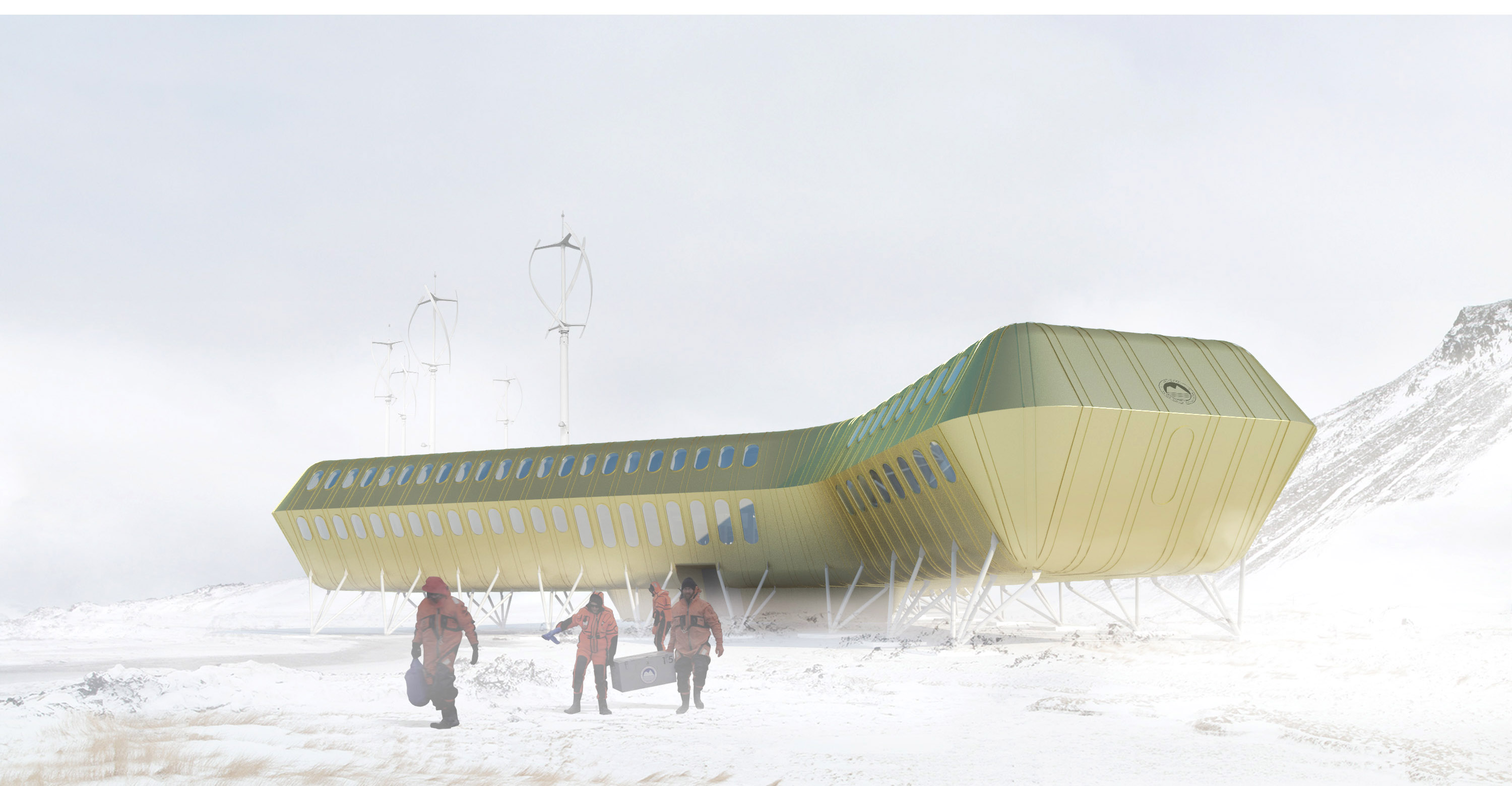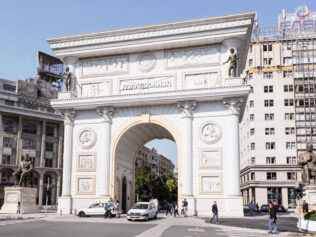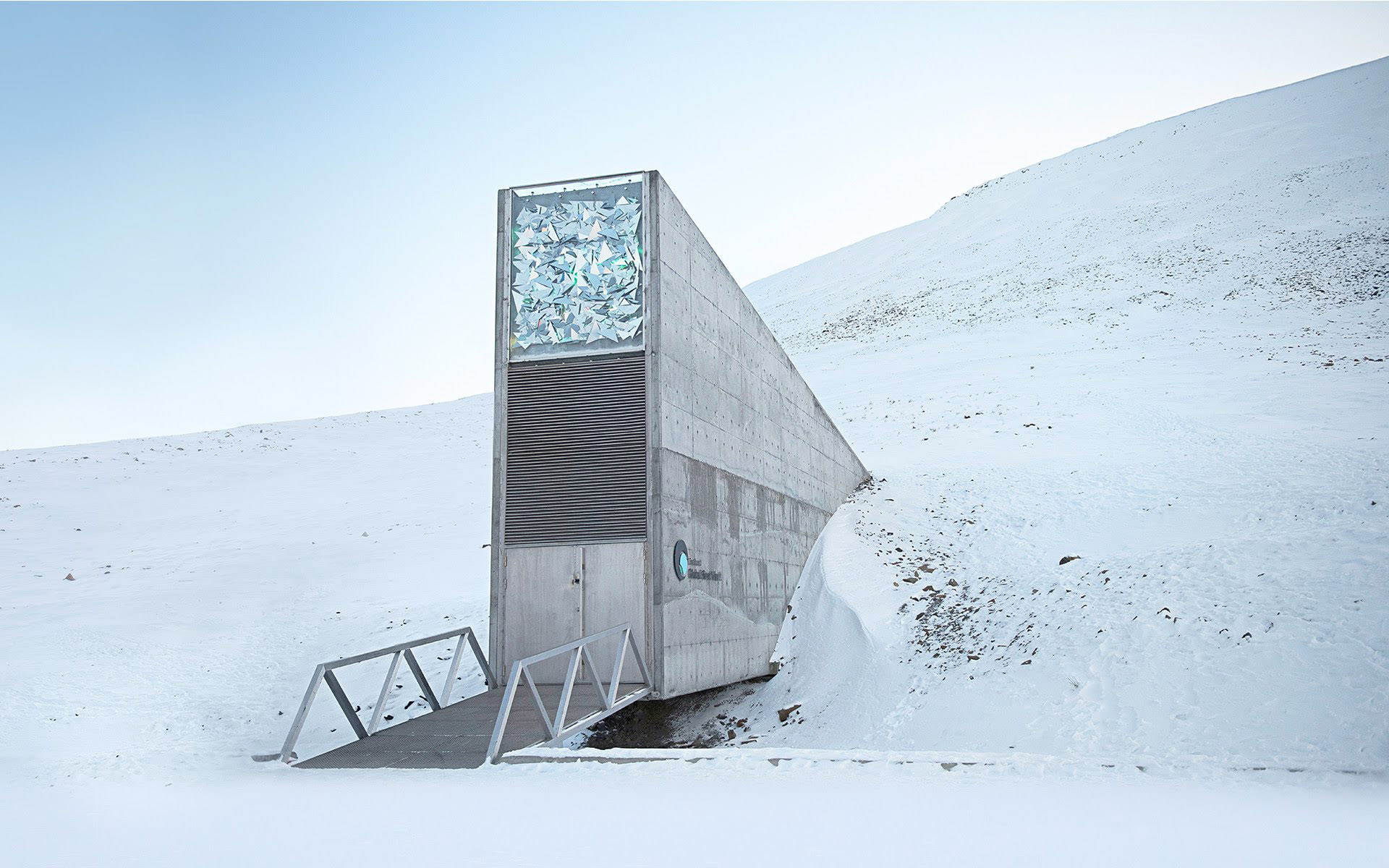
The South Shetland Islands archipelago is located halfway between South America and Antarctica. There, on King George Island, the Henryk Arctowski Polish Antarctic Station has its headquarters. The station was built in 1977 out of wooden modular shelter units; after 40 years of use, its state has visibly declined. In 2015, the Department of Antarctic Biology at the Polish Academy of Science (which manages the Polish Antarctic Station) asked three architecture studios to design a new station building. The winner was a project created by the prestigious studio Kuryłowicz & Associates.
The current station has quite a lot of problems. One of them is extensive energy use. Bartosz Świniarski, one of the architects from the Kuryłowicz studio who went to Antarctica for on-site verification, noticed that the researchers fixed the poor ventilation system by themselves. “When I entered my room, I saw a makeshift plastic pipe sticking out from the floor to let cold air inside. The pipe was right next to a radiator that was on the maximum setting, day and night.”
As it soon turned out, high energy use was not the only issue troubling the Polish Antarctic Station. Strong wind, its speed reaching up to 60 metres per second, puts all the buildings in danger. Despite their weight, they can be pulled off the ground if not well-anchored. Moreover, the wind picks up pebbles and stones that hit the walls of the station, generating loud noises. The clatter disrupts the researchers’ work and sleep. In the winter, strong winds create massive snowdrifts. It’s not unusual for the researchers to find that after a windy night of heavy snowfall, the building has been completely buried in snow. In such conditions, crossing the 200-metre distance between the station and the power generation shelter can take up to two hours. “The researchers living in the base had to set up a climbing rope between those buildings and hold on to it when walking across the yard – otherwise, they could be carried away by the wind,” explained Świniarski.
The wind was the main factor considered by the architects when designing the aerodynamic shape of the new station. This aspect was crucial – much more so than shifting the vertical support (in order to better bear the weight of the structure, finish, equipment, people and snow covering the station). The building will be well-anchored and raised three metres above the ground to allow snow and wind to move freely below the base. To make sure the aerodynamic shape and its placement provide adequate protection from the wind, the designers conducted a small experiment at their studio in Warsaw. A station model was built on a mock-up terrain panel. The architects set up 17 fans around it and poured out flour in front of them. The result was positive: fake snow flew freely underneath the station model and did not heap into mounds.
The architects decided that the new base should be moved several hundred metres further inland, near the slopes of the Upłaz mountain near Admiralty Bay. This location will make the building safe from tidal waves in the bay, and the mountain will protect the station from the strongest western winds. The distinctive three-point star shape was chosen after the architects conducted a precise analysis of possible views, minimal exposure, and the research programme. Each arm of the star will have a different function: technical and storage facilities; lab/living quarters for permanent team members; and housing facilities for guests.
The architects admitted that the investor’s main concern was to guarantee an appropriate level of privacy while encouraging the researchers to socialize. “Around ten people are living there for nine months a year. They are completely isolated from the outside world. It can create a very particular atmosphere,” they explained. When asked about the usual points of conflict between the inhabitants, the architects mentioned someone eating a colleague’s food. For example, taking the last portion of oatmeal that a teammate was looking forward to. “The treat is gone, and there won’t be another delivery for a year or so! Such situations can cause serious feuds. This is why we decided not to separate the kitchen from the dining room. This way, everyone can cook and eat together,” said one of the designers. In addition, the researchers will get a library, gym and spacious common room for leisure and socializing. The central part will house a two-story-high triangular space to serve as the main hall, auditorium and home room for the whole team.
The building will be made of glued laminated timber and set up on steel legs. The elevation will consist of very light plywood panels and mineral wool, which will then be covered with copper-aluminium alloy sheets. This metal combination will make the base shimmer with gold, as an homage to the yellow walls of the Polish Antarctic Station’s current base. To build the new station, the Polish Academy of Science will have to raise 90 million PLN ($24 million / £18.4 million).
Translated by Aga Zano









